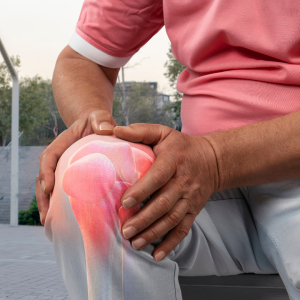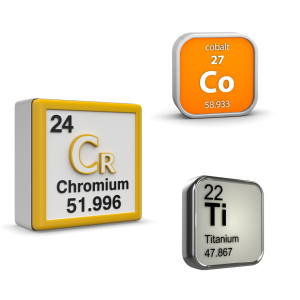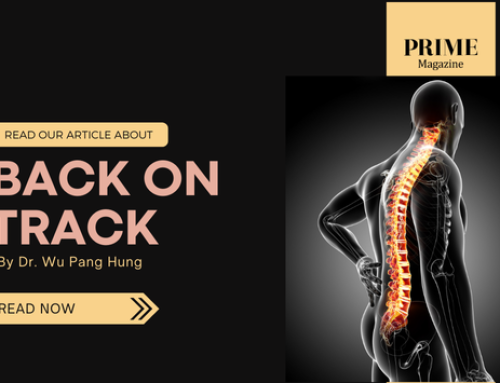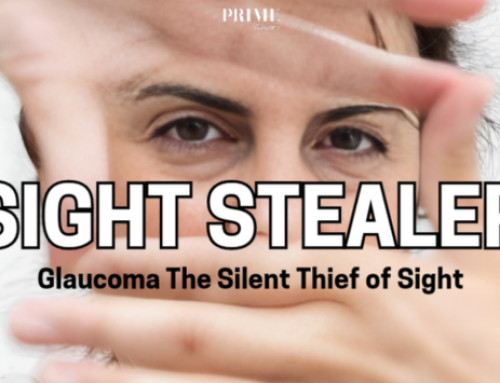
Ever wondered what goes on inside your body when you have joint implants? A team of scientists from Charité — Universitätsmedizin Berlin went on an exploration using advanced techniques to uncover the hidden story. These joint implants, meant to bring back pain-free movement for folks with joint issues, are often made from a mix of metals. While we knew that friction between these metals could cause wear and tear, the researchers discovered something unexpected. They found that metals were actually escaping from the implants and settling into the nearby bone tissue. This can be a problem, as it might lead to bone destruction and implant loosening.
To dig deep, the researchers collected tiny bits of bone and bone marrow from 14 patients with hip or knee implants. They used super-powerful X-rays to examine these samples, revealing a surprising concentration of metals like cobalt, chromium, and titanium from the implants. The cool part? These metals did not just stay where they were supposed to after surgery. They sneaked into the surrounding bone and bone marrow, hanging out where they shouldn’t be. This was a revelation because it wasn’t thought to happen as much before.
Cobalt and titanium’s presence in bones, often due to implants, can lead to various effects. While titanium implants promote bone integration and stability, there are long-term side effects. It can interfere with bone remodeling processes when released as particles or ions. In some cases, it might inhibit osteoblast (bone-forming cells) activity, leading to reduced bone formation. This disruption in bone remodeling can contribute to implant instability and complications.
Cobalt’s release from implants can cause metallosis, inflammation, and tissue damage. Metallosis occurs when metal particles accumulate in the peri-implant tissues, causing inflammation, tissue damage, and potential bone resorption. This can result in pain, implant loosening, and complications that may require revision surgery.
Both cobalt and titanium ions can trigger inflammatory responses in the body. Immune cells, such as macrophages, can be activated in response to the presence of these metals, leading to the release of inflammatory cytokines. Prolonged inflammation can have detrimental effects on bone health and contribute to tissue damage.
Excessive cobalt release might cause osteolysis, weakening bone around the implant. Excessive release of cobalt ions can lead to osteolysis, a process where bone tissue is broken down and resorbed. This can weaken the bone structure around the implant and result in implant loosening or failure. Systemically, released metals might affect organs. Effects vary due to factors like metal concentration, immune response, and overall health. Monitoring and professional follow-up are essential for implant patients to address potential complications.
Chromium release from implants can lead to local tissue inflammation and adverse immune reactions. Like cobalt, it can contribute to metallosis and damage surrounding tissues. Chromium exposure has been associated with cell toxicity and oxidative stress, affecting bone cells’ normal functions. Implant-related chromium release might result in osteolysis and implant loosening.

So, why is this a big deal? Well, this discovery is like finding a hidden puzzle piece. It tells us that when we test materials for implants, we need to do more than just make sure they’re friendly to our bodies. We also need to check how they behave over time. It’s like making sure a new friend doesn’t cause trouble after moving in next door. This new knowledge will help scientists create safer and better implants, so they don’t just work well at first but also for the long haul. The team is excited to explore further, studying how these runaway metals affect our bones and bone marrow. This way, they can make sure our trusty implants are as reliable as they come.
Reference:
Janosch Schoon, Bernhard Hesse, Anastasia Rakow, Melanie J. Ort, Adrien Lagrange, Dorit Jacobi, Annika Winter, Katrin Huesker, Simon Reinke, Marine Cotte, Remi Tucoulou, Uwe Marx, Carsten Perka, Georg N. Duda, Sven Geissler. Metal‐Specific Biomaterial Accumulation in Human Peri‐Implant Bone and Bone Marrow. Advanced Science, 2020; 2000412 DOI: 10.1002/advs.202000412










